For more than 30 years, helicopter operators around the world have relied on the simple, versatile design of Chopper Spotter’s ground handling equipment to move their helicopters safely and easily. And while there’s never been a bad time to own a Chopper Spotter, there’s never been a better time than now.
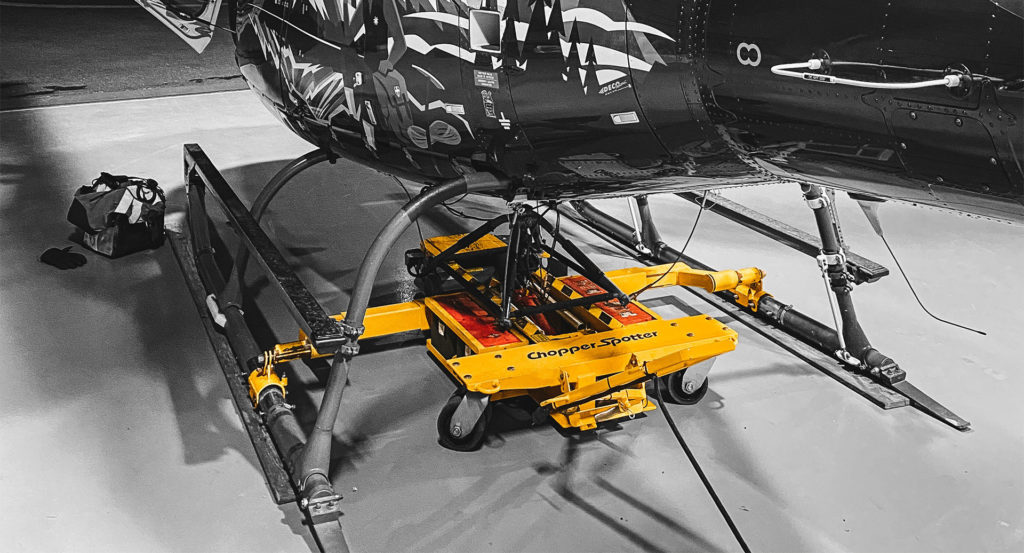
That’s because Chopper Spotter, since its acquisition by Chris Brekken nearly five years ago, has been stepping up its manufacturing processes to ensure that every unit that goes out the door meets the same exacting standards for quality and workmanship. Here, the Minnesota-based company has been leveraging the resources of another company owned by Brekken, the co-located metal fabricator Geometrix.
According to Chris’s son Jacob Brekken, who oversees the day-to-day activities of Chopper Spotter, the company was previously relying on hand welding and cutting to produce its equipment. That resulted in inefficiencies that limited output to around one Chopper Spotter a day.
“Now we’re able to manufacture six in a day,” Jacob Brekken said. “The machines themselves are stronger, and everything is uniform — you can replace one thing and order another part and you’ll be guaranteed that the new part will fit.”

Chopper Spotter offers three different models to accommodate the full range of skid-equipped helicopter types. The base model, Model E, provides excellent functionality and value for light helicopters up to 4,500 pounds (2,040 kilograms). For aircraft up to 9,000 lb. (4,080 kg), the mid-range Model MS adds two additional Optima AGM batteries (for a total of four) and super heavy-duty casters with dual wheels.
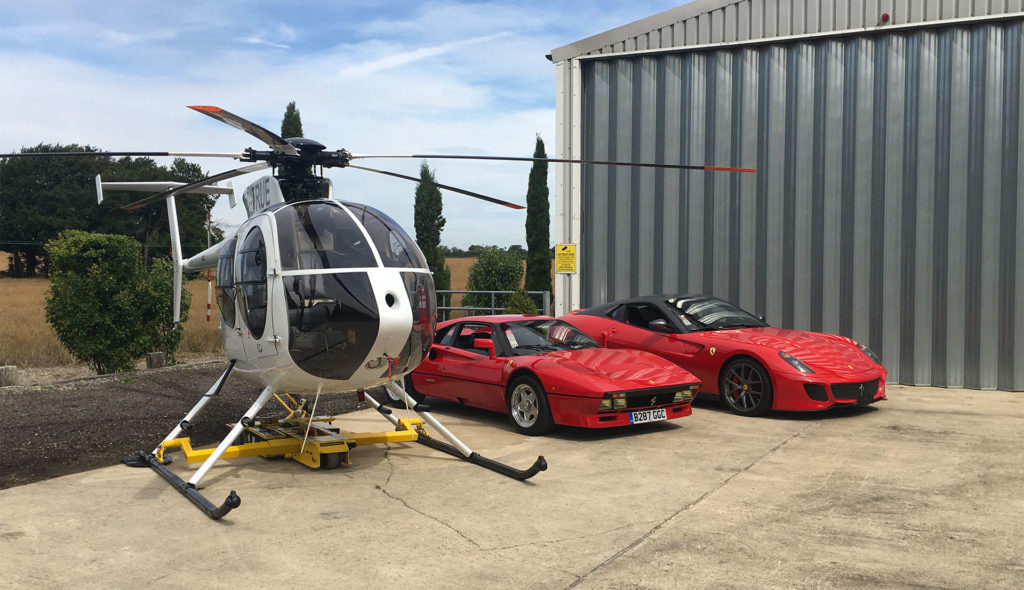
Both the Model E and Model MS use the same attachment points as the aircraft’s ground handling wheels, avoiding unnecessary contact with the skids that could damage the helicopter in the event of a malfunction or operator error. “It’s an incredibly safe way of attaching to the helicopter — it uses the same ground handling points as the factory intended,” Brekken said. The rear loading system also lessens the chances of interfering with any accessories mounted to the aircraft’s nose.

For larger, heavier helicopters, Chopper Spotter also offers the Model 4, which includes a second pair of lift arms to help stabilize the helicopter and keep it level. Capable of lifting helicopters up to 11,900 lb. (5,400 kg), the Model 4 is quickly becoming the company’s best seller.
And Chopper Spotter customers aren’t just getting a helicopter mover for their purchase — they’re also getting an auxiliary power supply. Auxiliary power receptacles are standard on the Model MS and Model 4, and optional on the Model E, allowing their batteries to be used for starting a helicopter. “That’s a huge thing for people . . . and it’s just included on the Chopper Spotter,” Brekken said. (The power cable is purchased separately.)
Chopper Spotter recently introduced a new wireless control system, developed by a Wisconsin company that manufactures high-reliability control systems for cranes. The system includes a wireless handheld controller with improved ergonomics, and an electronic motor controller and wireless receiver with built-in battery gauge that displays state of charge. According to Brekken, the system, which is now standard on new Chopper Spotters, has the “same feel as the old system, but is able to do a little bit more” — and with the convenience of remote control.
The company is now offering two retrofit options for customers who would like to upgrade their legacy products. One option simply plugs into the existing system, while the other replaces the legacy system with some additional wiring work. Both are available as kits for installation at the customer’s location.
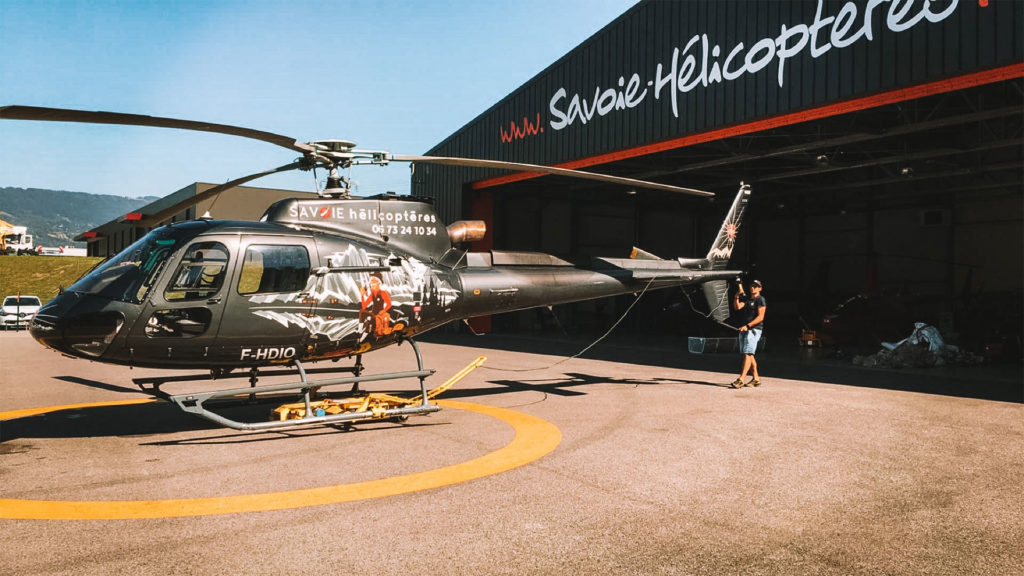
“We test every one before we send it out,” Brekken noted. “If we’re sending a conversion kit, we’ll make sure to plug it into a unit and test it and make sure all the programming looks right before sending it out.”
Chopper Spotters are designed for maximum versatility, and already compatible with most helicopters on the market. However, the manufacturing capability and expertise available to the company through Geometrix means that Chopper Spotter is well prepared to handle custom requests, too.
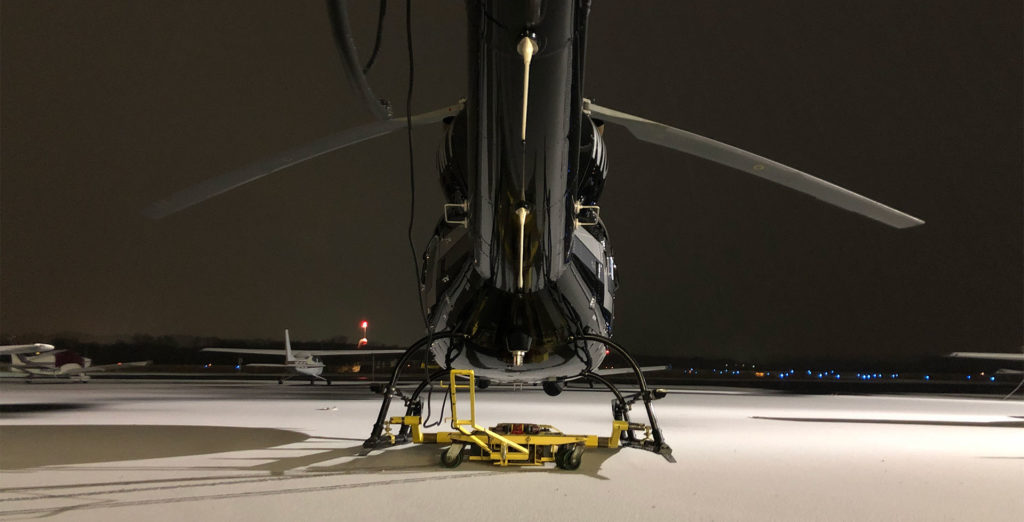
“When you’re talking about people having aftermarket skids and float systems and the different equipment you can put on them — that can often be challenging,” Brekken said. “Having the metal fabrication company here allows us to just come up with something with the engineers and figure out how to make it.”
These robust in-house capabilities also allow Chopper Spotter to be exceptionally responsive to customer issues. Brekken gave the example of the company’s first Bell 505 customer, who found that his helicopter’s center of balance was far off from the lifting point. “We were able to make and ship him new parts the same day to fix this issue,” Brekken said.
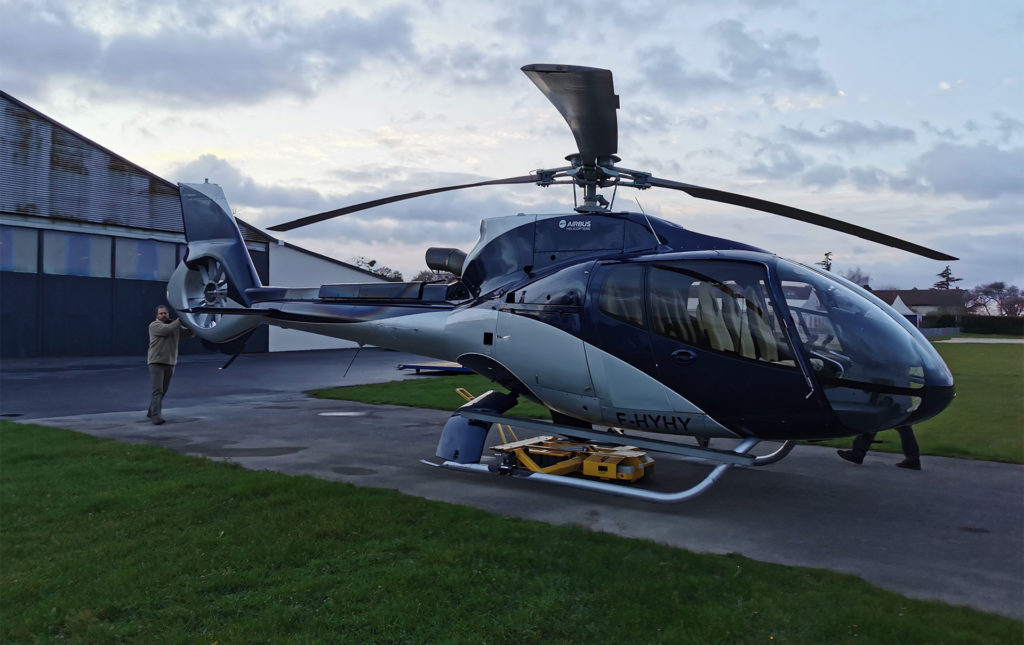
It’s that commitment to quality and service that make Chopper Spotter, 30 years later, “still a better idea.”
Learn more at www.chopperspotter.com.






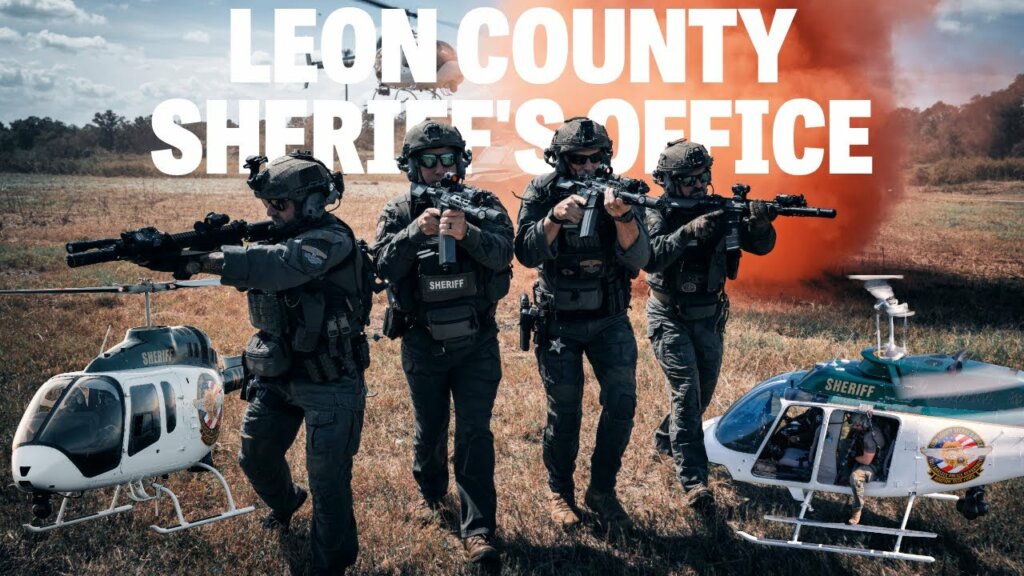



Hi. Which of your products would suit the Bell 505